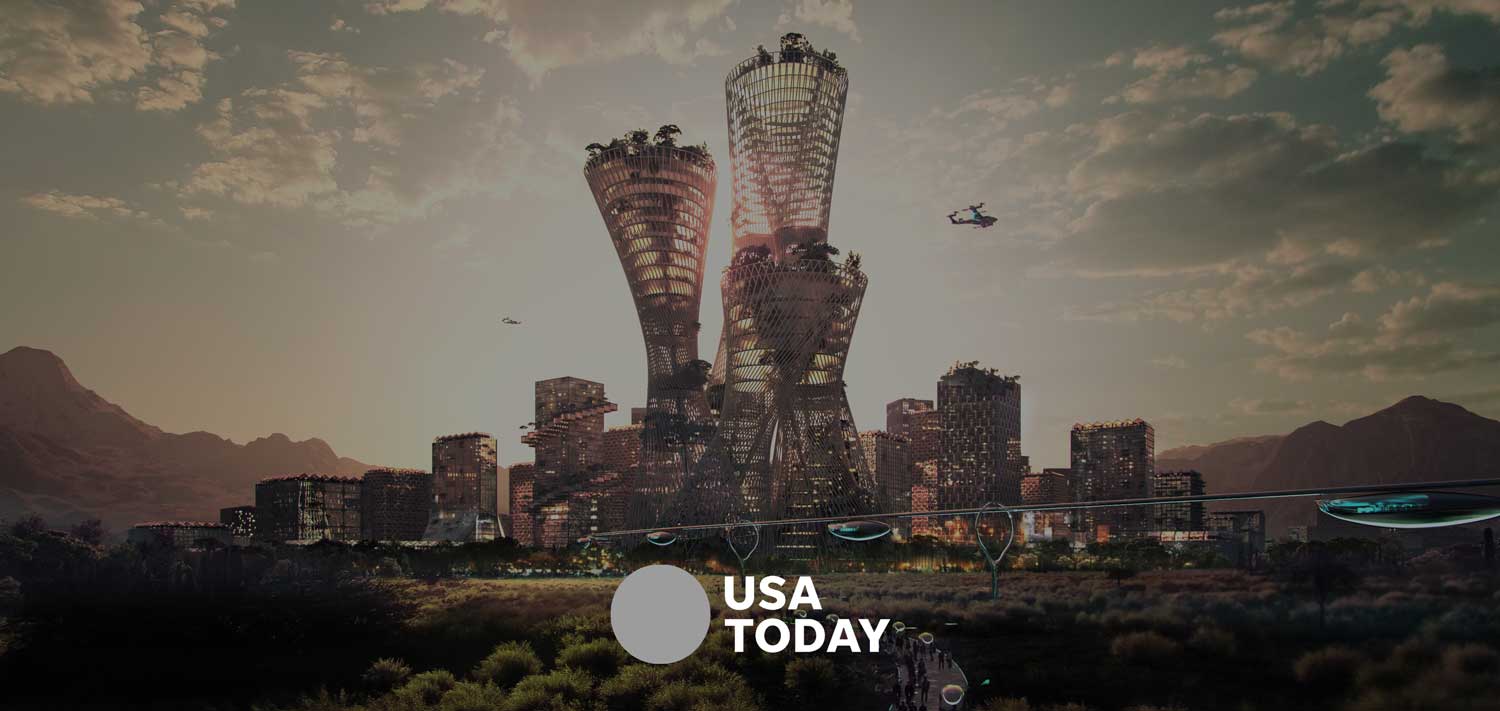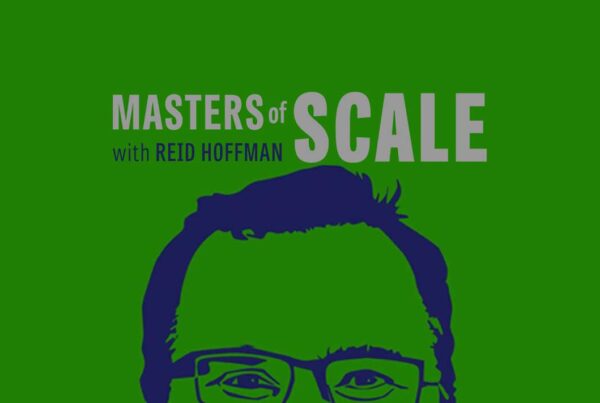Marc Lore grew up wanting to be a farmer – reveling at the idea of “something growing from nothing” – all while watching his father unafraid to take chances with ambitious business ventures.
The 50-year-old billionaire developed his appetite for taking risks from his father, Peter, and it’s that foundation in childhood that’s propelling him to now focus on a spellbindingly ambitious endeavor that many experts and pundits are deeming near impossible.
Lore, the former president of Walmart e-commerce and co-founder of Jet.com and Diapers.com, is attempting to spearhead the conceptual and financial building blocks for Telosa, a Utopian city in the middle of the desert announced last month.
Telosa’s location is being targeted in the American West desert or Appalachia with plans to shepherd in a reformed version of capitalism with a focus on societal inclusion over division. Lore envisions Telosa having equal access health care, excellent schooling and safe environments for families, regardless of income. Even further, he aims for Telosa to be a diverse place housing various races, genders, sexual orientations, religions and political affiliations.
But exactly how the “city of the future” is built is both risky and complicated. Experts and researchers have long maintained that too many financial hurdles can stand in the way, with one 2014 study arguing that “the ability of eco-cities to achieve their utopian ambitions may be limited by the realities of operating within a profit-driven, entrepreneurial planning environment.”
Yet that’s where Lore feels like Telosa can be different, and understanding the colossal “how” of the project means understanding the “why” for Lore.
Marc Lore:Former Walmart president reveals plan for $400-billion Utopian city in the US desert
Telosa’s name derives from the Ancient Greek word telos – meaning “higher purpose.” The conceptual art of Telosa looks like it’s pulled from a science fiction movie. Nearly everything appears fueled by solar power energy, autonomous electric cars and high-speed public transportation. Designs from architectural firm Bjarke Ingels Group, the same company that created Google’s headquarters, shows 150,000 acres of eco-friendly architecture, including a beacon-esque skyscraper known as the “Equitism Tower.”
The headlines of Telosa last month honed in on the $400 billion objective that will take massive buy-in from key investors to even get the project off the ground. Factor in Lore’s lofty goals that start with the first phase of 50,000 living residents to be welcomed into the city by 2030, and the public skepticism is hardly hidden.
That’s not lost on Lore, who sees the attempt – similar to those of his father growing up – just as important as the end goal.
“I’m not pursuing this to make money,” said Lore, a co-owner of the NBA’s Minnesota Timberwolves. “I’m doing this because of what it can mean for others and the future. If this entire attempt doesn’t work, then hopefully, there are things to learn from itand it will inspire others to take their shot.”
A ‘global standard for living’




